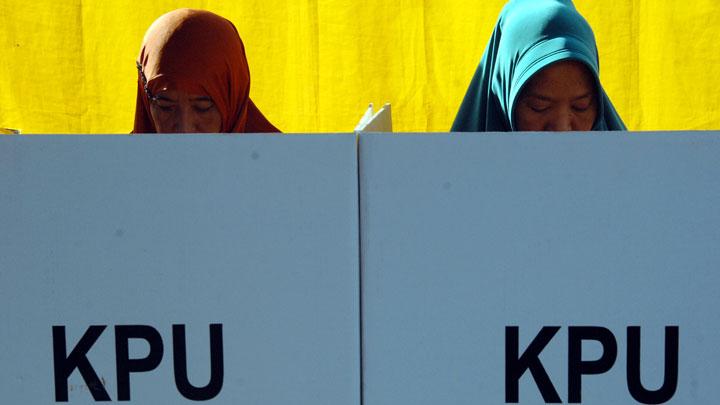
TEMPO.CO, Jakarta - The recent chaos over salt imports is like a never-ending soap opera. The problem would never have arisen had the government opened up imports using the mechanism of the market. With industrial and household demand increasing every year, while the quality and supply of domestic salt is barely adequate, the government should not have limited imports.
The issuing of Government Regulation No. 9/2018 in March on the control of salt imports will not solve the problem, especially since this regulation only shifts the responsibility from the Ministry of Maritime Affairs and Fisheries-as the institution providing import recommendations to the Ministry of Industry. The tug of war over the interests behind salt imports, especially about the maximum amount that may be imported, will be repeated year after year.
At first glance, the limit on imports seems like a good thing. Keeping imports low will mean farmers are masters of their own land. And the fact is that salt production is never able to meet domestic demand. Last year, production was only 950,000 tons, far below the 3.5 million tons needed by industry. The government was forced to make up the difference with imports.
There are several factors that affect salt production. Among them are the equipment and production methods, which are still traditional. It is not surprising that the salt produced is of low quality, with only 88 to 92.5 percent sodium chloride content. However, industries such as food and beverages, petrochemicals, textiles and paper pulp need salt with a sodium chloride content of 97 percent.
The fact that the dry season in Indonesia only lasts for four to five months is also a problem. It means that the evaporation of sea water to produce salt using the heat of the sun cannot be done optimally. And the high humidity in Indonesia also delays the evaporation and formation of salt crystals. Because of these two factors, Indonesia's 99,000 kilometers of coastline mean very little for salt production.
These problems underline the fact that Indonesia does not have any competitive advantage as a salt producer. This type of advantage arises when a nation is able to produce goods or services at a lower cost or more efficiently than another nation. This is why rather than calling for self-sufficiency in salt, imports are unavoidable. In addition, the clearing of more land for salt requires significant investment.
As a result, there is no need for limits on salt imports. Instead of protecting farmers and industry, import quotas have the potential to encourage rent-seekers. With access to those in authority, they often buy and sell influence and power. In the end, the costs that burden industry result in losses for the national economy.
Even if import quotas are applied, this should be through an open tender with strict conditions. The government must ensure that it enforces transparency at every level-including pushing for a fair import mechanism that gives all companies the same opportunity. An open tender with strict conditions will prevent the profits being only enjoyed by a small number of people.
Read the full article in this week's edition of Tempo English Magazine























